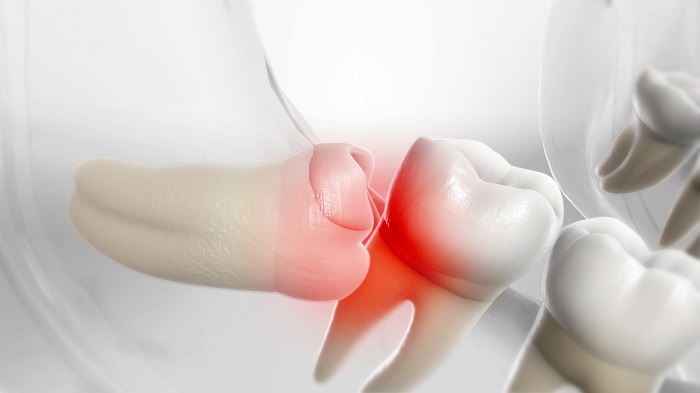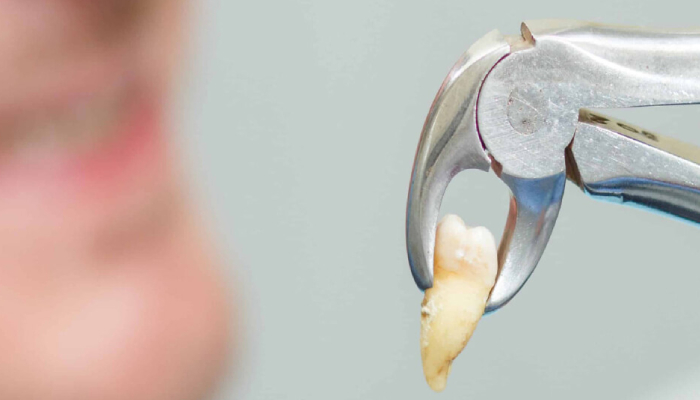Extracting Teeth: A Step-By-Step Guide
Tooth extraction is the final effort to save your failing oral health caused by severely damaged teeth, dental trauma or dental crowding. Dentists work on saving every tooth they can. Nonetheless, tooth extraction is the only option if the damage is beyond repair or the pain is unbearable. This article will walk you through 5 steps involved in the tooth extraction procedure. Learn More
Also Read : Most Common Dental Emergencies: A Practical Guide
What Are The Circumstances That Lead To Tooth Extraction?
When a tooth can’t be restored, and toothaches persist, it is considered a dental emergency and your dentist may recommend extraction. There are several reasons for tooth abstraction, including:
- Tooth diseases: Periodontal disease or severe tooth decay often cause irreparable damage to the tooth. The only way to keep your dental health intact is to have a tooth extracted if restorative treatments such as root canals and crown restorations cannot help.
- Dental trauma: Trauma caused to the teeth, gums, periodontal ligaments, alveolar bones, or tissues surrounding the tongue and lips may require tooth extraction.
- Dental crowding: Crowding of the teeth results from misalignment caused by inconsistent teeth and jaw sizes. Tooth extraction might be the only solution if the teeth and jaws cannot be aligned using other methods.
Also Read : Gum Inflammation: Causes, Symptoms And Treatment
It may seem like tooth extraction is a straightforward procedure, but it requires several preparations and after-care steps. Extracting also depends on the condition of the patient and their overall situation. The following is a detailed explanation of the tooth extraction process and the steps involved during the preparation phase to the following days.

Step By Step Overview Of The Tooth Extraction Process
Step 1: Numbing the tooth
A tooth extraction begins with numbing the tooth and its surroundings. During this procedure, anaesthesia is injected into the area surrounding the tooth, gums, and bone tissue to numb them. Dentists can perform a hassle-free extraction by numbing these areas, and patients will not feel any pain.
Step 2: Extracting the tooth
Extraction of a tooth means pulling out a tooth that is tightly anchored to its socket in the jawbone. Ligaments hold teeth in bone sockets in place. The dentist initially enlarges the sockets and gently rocks the tooth back and forth, compressing the bone and letting the teeth fall out. For tooth extraction, dentists use elevators and extraction forceps. Even though patients under anaesthesia are unlikely to feel pain, they are likely to experience pressure during the procedure.
Step 3: Closing the tooth sockets
Extraction may leave the socket open. A dentist usually cleans out the sockets to remove loose bones or teeth fragments. This involves rounding off the bone edges and putting on the gauze to reduce the bleeding. Surgical extractions and multiple extractions are followed by stitching the extraction site.
Step 4: Post extraction care
Recovery from tooth extraction may take some time. In the meantime, it is important to reduce the risk of infection and to promote rapid recovery. Most patients are advised to apply a cold compress to reduce swelling and pain. The dentist can also prescribe painkillers to relieve the discomfort. Post-extraction care should also include the following steps.
- Take enough rest
- Avoid rinsing or spitting forcefully
- Avoid smoking and sipping with a straw
- Intake soft food after extraction.
- Prop your head with a pillow to avoid bleeding
- Avoid brushing and flossing near the extraction site
- Inform dentists in case of swelling, redness or other complications
Wrapping up:
Getting your tooth extracted can be a painful experience. However, this might be the only option to prevent further oral health issues. To avoid any extraction in the future, follow a strict oral care routine and schedule regular visits with your dentist. Don’t forget to check out our other posts about dental restoration and dental bridges

